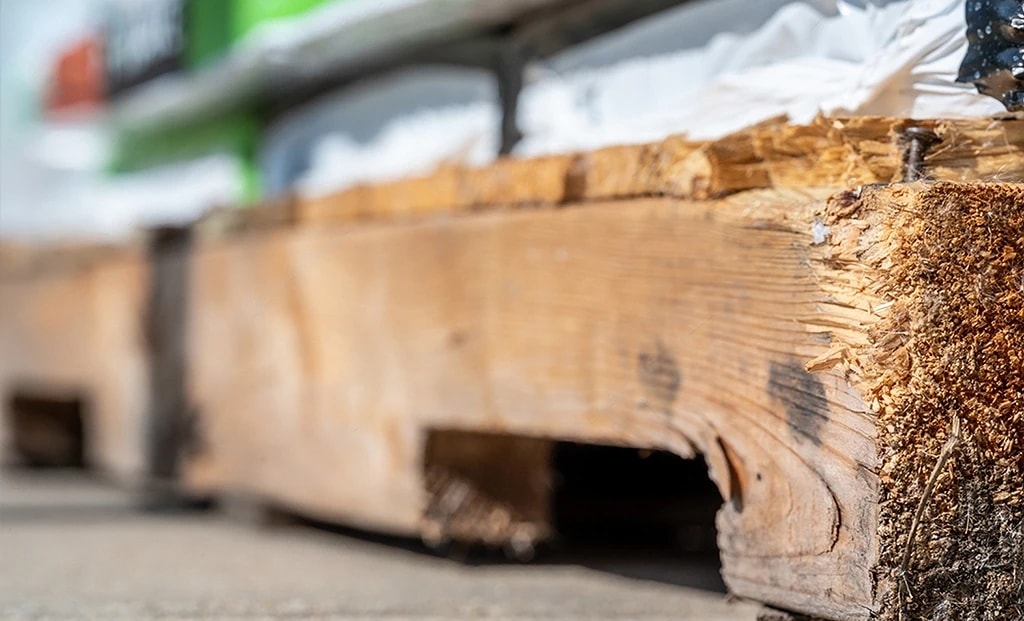When finances are tight, the initial inclination may be to opt for cheaper alternatives. While switching to a less expensive shampoo brand might go unnoticed, the same can’t be said for pallets. Here’s what to implement and avoid in your pallet management program:
Do This:
- Prioritize quality. Not all pallets are created equal, regardless of their type. It’s crucial to have confidence in your supplier, as poor-quality pallets can lead to disruptions in automated systems, necessitating time-consuming maintenance and risking product damage or safety incidents.
- Bulk up. Similar to bulk purchasing, placing larger orders instead of smaller ones can yield cost savings.
- Stay informed. Pallet prices vary based on construction, with new pallets being the most expensive, followed by combo and reconditioned ones. Pricing further depends on the grade, determined by the extent and type of repairs, where fewer repairs equate to a higher grade and a pricier pallet.
- Mind the size. Smaller pallets allow for packing more units into a single load, leading to lower transportation costs per unit. Full trailer loads are always more economical than less-than-truckload shipping.
- Plan ahead. Providing a longer lead time reduces freight costs, as your supplier can utilize standard transit services more efficiently.
Don’t Do This:
- Hog space. Storing pallets in your warehouse occupies valuable space, with the cost per square foot quickly accumulating for unused pallets.
- Strain resources. Assess whether it’s more cost-effective to use an internal team for pallet sorting and loading or to outsource these tasks.
- Waste pallets. Pallets hold value regardless of their condition. Failing to take advantage of recycling or buy-back options from your supplier means missing out on potential savings.



